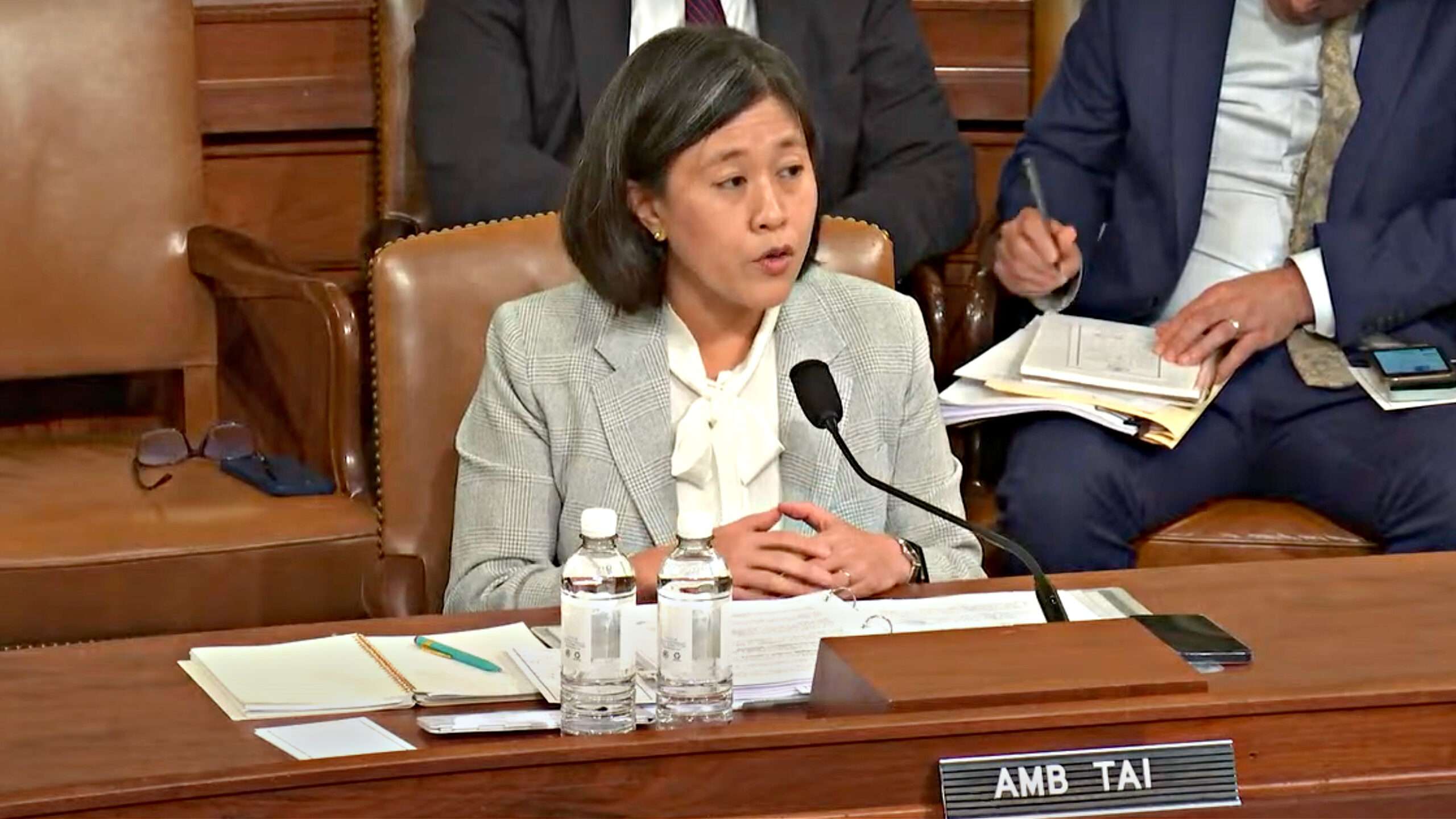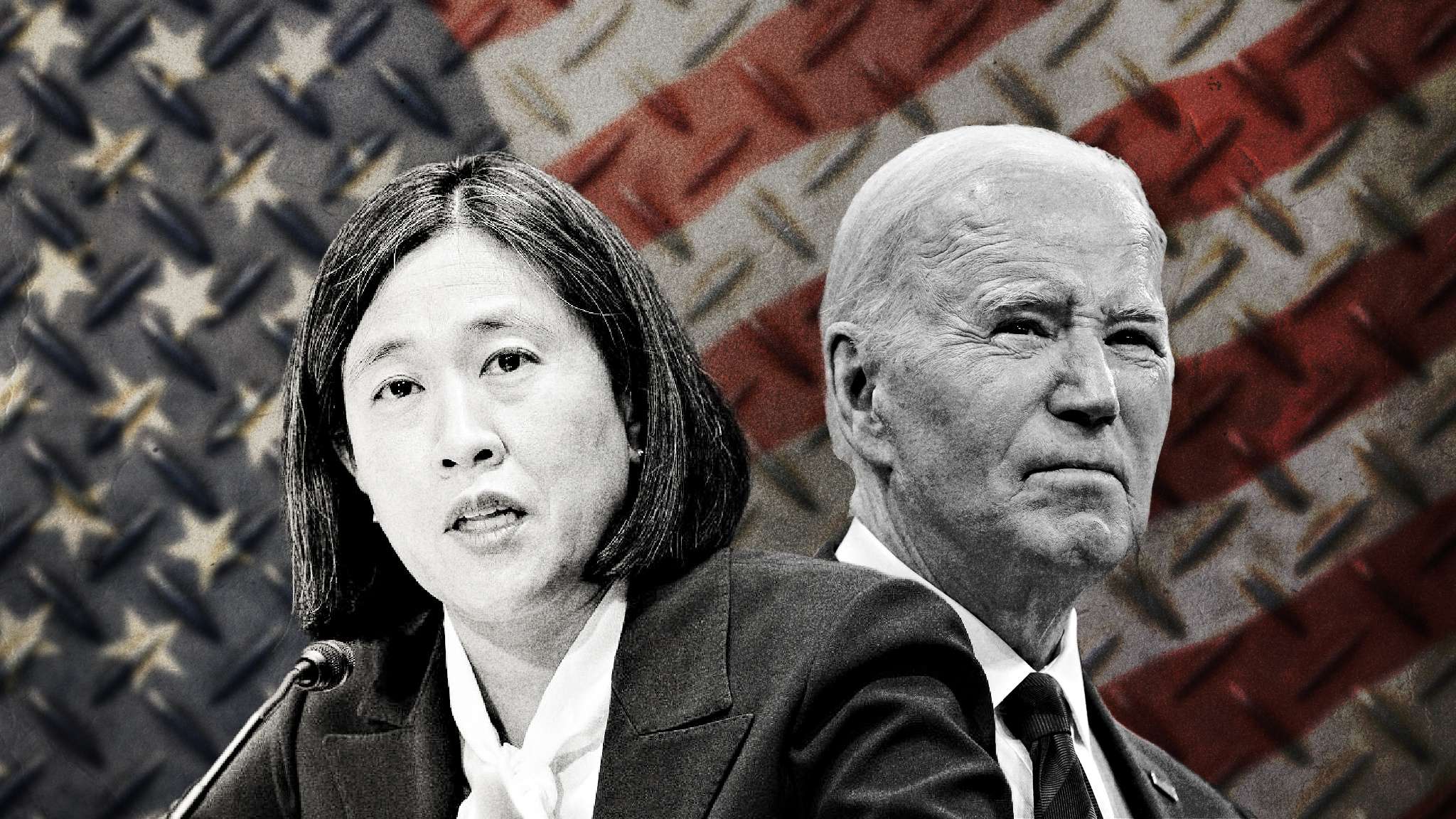By Jeff Ferry, CPA Research Director, and Michael Stumo, CEO of CPA
The Republican business tax reform plan, also known as the House GOP Blueprint or the Ryan-Brady plan, features a type of border-adjustable tax (BAT).
Border adjustability means that different tax rates apply within and outside the US. It is a potentially new feature in U.S. taxation that is attracting controversy and confusion. Border-adjustability has split both the Republican Party and the business community, with some supporting it, some bitterly opposing it, and some just trying to understand what it is.
The House GOP BAT version is a destination-based cash flow tax (DBCFT) taxing the difference between domestic sales and domestic costs. Sales to and purchase from foreign countries are ignored. The proposed tax rate is 20%. Interest costs are not deductible. All asset purchases are immediately deductible, so depreciation is no longer relevant for tax purposes.
The House GOP plan would tax net importing companies aggressively because they cannot deduct their import costs from their revenue. Net exporting companies face lower taxes because revenue from export sales is not recognized as income for tax purposes.
CPA supports strongly border adjustability as a tool to neutralize that trade impact of foreign BATs, but feels the DBCFT plan is the wrong solution. It has wildly inconsistent tax results among net importing, net exporting and purely domestic businesses. It is also susceptible to rampant tax avoidance as exporting companies sell tax losses to importing companies. That makes it bad economically, and probably doomed politically.
Ryan-Brady and the Dollar Exchange Rate
The DBCFT opponents argue that the pro-export, anti-import feature of the tax would unduly raise consumer prices. Supporters counter that any price effect would be completely offset by an upward movement in the exchange value of the dollar. A stronger dollar would make imports cheaper, supporters say, so although importers would have to pay tax of 20% on their import costs, they would see an offsetting cost reduction of 20% on their import costs due to the stronger dollar. Similarly, while exporters would benefit from tax-free export cash flow, a stronger dollar would make their goods more expensive in overseas markets, offsetting the benefit of the DBCFT tax.
So a lot hinges on projected moves of the dollar exchange rate should the DBCFT plan turn into law. We took a closer look at the arguments for and against dollar exchange rate reactions to a DBCFT tax regime. We found that the evidence does not support the view that a quick upward movement of the dollar exchange rate would follow DBCFT adoption. So the DBCFT plan could indeed increase U.S. exports and help American manufacturers compete better against imports.
UC Berkeley Professor Alan Auerbach is generally regarded as the guru behind the GOP plan as he has been pushing different versions of BAT taxes at least since 2005. In a recent article co-authored with economist Douglas Holtz-Eakin, they claimed that “Border adjustments do not distort trade, as exchange rates should react immediately to offset the initial impact of these adjustments.”
Another economist and former Republican advisor, Professor Martin Feldstein, provided a fuller explanation in a January article in the Wall Street Journal. Feldstein argued that the trade deficit is determined by the difference between savings and investment in the U.S. economy. Since the DBCFT, or at least its border-adjustment provisions, would not change the savings-investment balance in the economy, “it cannot change the size of the trade deficit. To preserve that original trade balance, the exchange rate of the dollar must adjust to bring the prices of U.S. imports and exports back to the values that would prevail without the border tax adjustment.”
We reviewed the literature and spoke to experts on exchange rate movements and can find no data to support for the Auerbach/Holtz-Eakin claim of immediate adjustment. The Feldstein argument is also hard to accept. It is true that the equivalence between the trade deficit and the savings-investment balance always holds as an accounting identity in the national income accounts. But accounting identities do not identify causation. Accounting identities are the result, not the cause, of what is happening in the economy.
Economists agree that exchange rates are among the most elusive and hardest to forecast of all economic variables. The leading expert on foreign exchange rate movements, Harvard Professor Ken Rogoff, wrote in a 1999 paper that currency moves are no more predictable than a “random walk”:
“The extent to which monetary models, or indeed any existing structural models of exchange rates, fail to explain even medium term volatility [of the dollar] is difficult to overstate. The…forecasting performance of the models is so mediocre that at horizons of one month to two years they fail to outperform a naïve random walk model (which says that the best forecast of any future exchange rate is today’s rate).”
Tax experts Reuven Avi-Yonah and Kimberly Clausing point out that many economists and foreign exchange traders believe exchange rates tend to be driven by the massive amounts of currency traded in currency markets worldwide, totaling some $5 trillion each day. (U.S. GDP was just $18 trillion last year, so the annual value traded in foreign exchange markets is worth about one hundred times the value of annual U.S. output.) The conclusion is, to quote Avi-Yonah and Clausing: “there should be grave doubts that exchange rate changes will smoothly offset the effects of the border adjustment.”
William Lee, former Chief Economist at Citigroup, published a paper last year using historical evidence to show that when exchange rates respond to shocks like new economic circumstances, it typically takes around five years for the adjustment to be completed.
“My research examining exchange rate behavior since 1973 has shown that it takes many years for the real effective exchange rate to adjust fully to changes in the balance of payments caused by changes such as those caused by border tax adjustments…Consequently, we believe that in the short run, the exchange rate responds most to differences in real rates of return, set largely by global monetary policy stances. BTA [border tax adjustment] influences likely would be second order.” [quoted from Lee’s unpublished 2017 paper, Border Taxes Require Slow Exchange Rate Adjustments to Boost Trump’s Economic Agenda]
Like Rogoff and Lee, CPA has found no data to support the notion that the dollar will rise quickly after passage of a DBCFT to offset any tax effects. Instead, companies would shift to pursue exports more aggressively, companies reliant upon on imported goods would have their profits taxed away, and a wave of mergers between importing and exporting companies would likely follow. The trade deficit would probably be reduced, which is a result supported by CPA. But the House GOP plan suffers from other problems. There is no support in the Senate, it cannot pass the House, and it probably cannot even emerge intact from the Ways and Means Committee.
The better solution is to combine two different BATS: (1) a border adjustable consumption tax and (2) a border adjustable profit tax. As to the first, a US value added tax or VAT could be enacted, with the proceeds used to offset the payroll tax burden, which is a large tax burden for businesses and workers face. As to the second, the US can scrap the current business income tax system in favor of a new form of profit tax known as sales factor apportionment (SFA).
Border Adjustable Consumption Tax
A VAT is used by almost every other country in the world. While some Republicans have opposed VAT as a “new” tax, a U.S. VAT could eliminate other taxes and be revenue neutral. The most competitive VAT would offset the US payroll tax and thus reduce the cost of labor.
Jim Nunns and Joseph Rosenberg of the Tax Policy Center proposed a plan last year to create a broad-based VAT of 4.1% and completely eliminate the employer portion of the payroll tax (7.65% of payroll), thereby reducing the cost of labor.
“The key policy justifications for shifting the federal tax system toward consumption taxation are compelling: unlike the income tax, consumption taxes do not distort saving and investment decisions or decisions about the form of business organization and finance, so the shift could improve economic efficiency.”
VAT revenue depends upon the portion of goods and services taxed, or exempted. Professor Michael Graetz proposed a 12.9% VAT with a narrower base (exempting real estate sales, college tuition, etc) that would raise $1.2T to $1.4T a year. We believe that the best form of consumption tax rate would enable the offset of both the employee and employer portion of the payroll tax (15.3% of wages), giving all workers an immediate raise and reducing cost for many businesses. A revenue-neutral tax change like this VAT/payroll tax swap would be unlikely to drive up prices.
Border Adjustable Profit Tax
As to business income taxation, a border adjustable profit tax would avoid the problems of the DBCFT while lowering the statutory rate. Sales factor apportionment (SFA) is a form of revenue apportionment that would enable business tax simplification, lower statutory rates and trade competitiveness.
Under an SFA tax, a business would pay taxes only on the portion of profit attributable to its U.S.-generated revenue. This is a territorial income tax system in which the “destination of sales” determines where profits are taxed. SFA (also known as a destination based corporate tax) is used by most states to apportion the amount of company profit that should be taxed in a state.
According to Avi-Yonah and Clausing, the statutory rate can be lowered at least to 25% because SFA would eliminate base erosion through profit shifting to tax haven jurisdictions. Professor Kimberly Clausing estimated that $111 billion, or nearly one-third, of corporate profits were untaxed because the companies used complex transfer pricing arrangements with subsidiaries in Bermuda and other tax havens to make income appear to originate there. SFA would tax U.S.-generated revenue irrespective of where a company located its headquarters, its intellectual property, or other assets. Eliminating the profit shifting/base erosion problem allows a larger tax base and thus lower and more equitable tax rates.
Conclusion
The House GOP plan sensibly focuses upon border adjustability but it probably will not gain the support for passage. A border adjustable consumption tax (VAT) combined with a border adjustable profit tax (SFA) would eliminate the payroll tax burden, reduce statutory business income tax rates, create a fairer corporate tax system, and increase our trade competitiveness without violating World Trade Organization rules.













